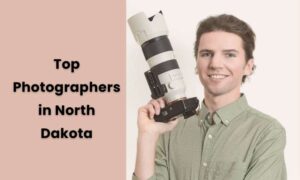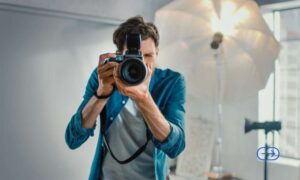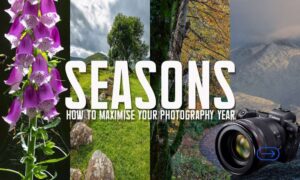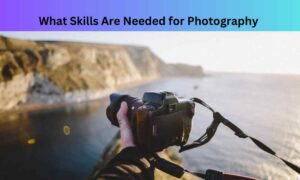Winter transforms the world right into a serene, snowy wonderland, presenting photographers with a unique opportunity to capture the magic of the season. From expansive snow-included landscapes to problematic snowflakes frozen in time, snow pictures afford an abundance of creative possibilities. Whether you’re a Pro Photographer or a newbie, studying the techniques and understanding the right device is important to elevate your snow photography ideas. In this newsletter, we’ll explore diverse snow image ideas, tips for choosing the proper gear, editing hints, and innovative composition techniques that will help you capture the stunning splendor of iciness.
Are You Looking for a Minot Photographer in North Dakota?
As winter sets in across North Dakota, snow-covered landscapes turn out to be the ideal backdrop for memorable iciness photographs. Whether you’re seeking to file your family recollections or discover the beauty of a frozen wonderland, the wintry weather season in Minot offers plenty of opportunities for stunning snow photography. An expert photographer assists you in capturing those moments inside the first-class feasible mild, making sure each detail shines.
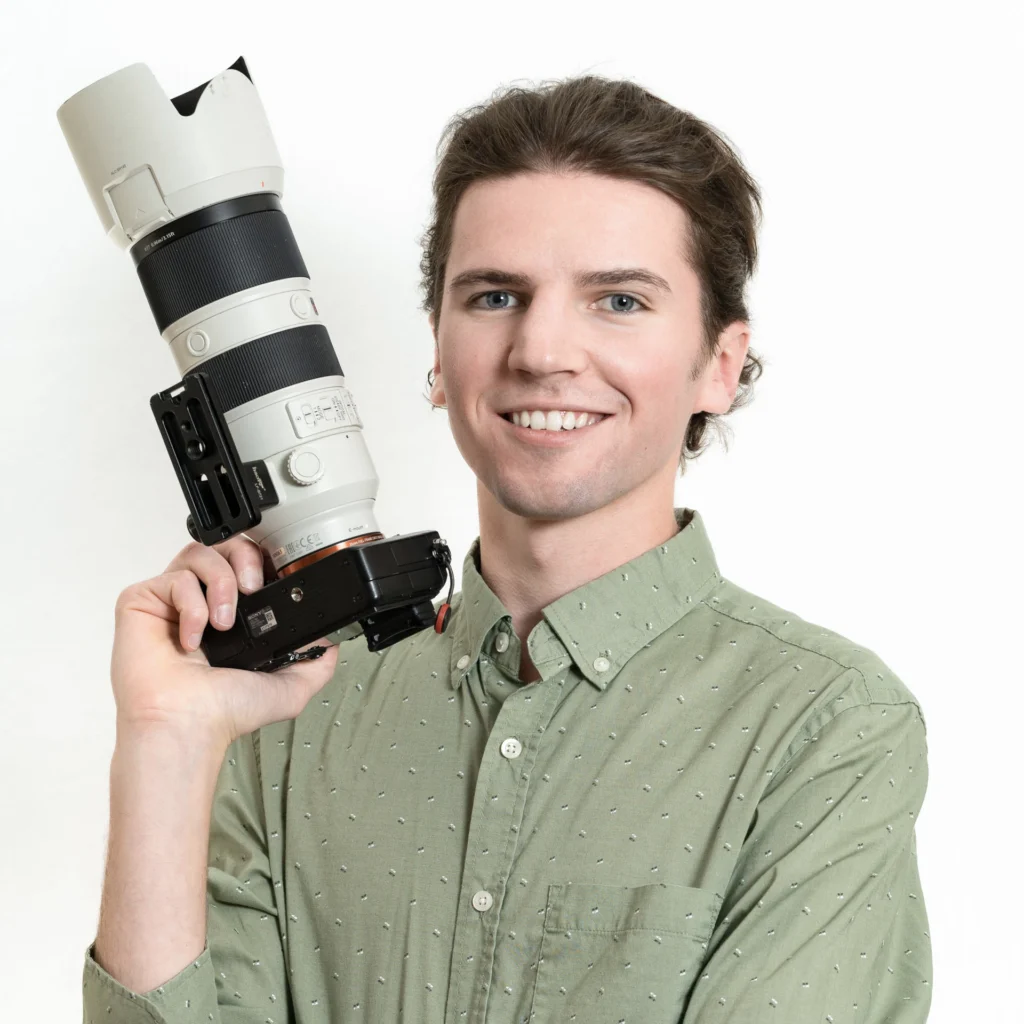
Embracing Winter’s Canvas
Winter’s arrival brings with it a mystical transformation of landscapes. The world turns into a white canvas, geared up for the photographer’s contact. Snowy forests, icy lakes, or even city scenes blanketed in sparkling snow provide particular opportunities to capture winter’s airy beauty. Snow photography permits you to test with textures, lighting fixtures, and composition to create breathtaking photographs. Whether you decide on wide scenic photographs or greater intimate near-ups, snow-protected environments offer an endless source of inspiration.
The Essence of Snow Photography
Snow images aren’t always just about shooting snowy landscapes—it’s approximately conveying the feelings related to wintry weather: tranquility, serenity, and the quiet splendor of nature. Whether you are capturing large expanses of snow-blanketed land or focusing on the delicate details of personal snowflakes, each image must reflect the mood of the season. With the right method, snow photography can elevate your portfolio, including the intensity and size of your series. So, when you step out into a snow-protected international, bear in mind to gradually down and consciousness of the small moments that inform the bigger tale of winter.
The Art of Snow Photography
While a snow-covered landscape gives a picturesque backdrop, getting to know snow photography requires more than simply snapping pictures. It’s important to understand how snow influences your digicam settings, lighting fixtures, and composition. Here are a few key factors to keep in mind:
Snow Photography Composition Tips
The composition of your shot is important in snow pictures. You want to emphasize the comparison between the white snow and the opposite factors within the body, inclusive of timber, homes, or mountains. Consider those composition techniques to elevate your photographs:
- Rule of Thirds: Position your situation or focal point off-center for an extra dynamic composition.
- Leading Lines: Snow-protected paths, roads, and fences can act as herbal main strains that manual the viewer’s eye toward the concern.
- Symmetry and Reflection: now often creates symmetrical scenes, which can result in visually stunning photos. Look for reflections in lakes, ponds, or icy surfaces to add depth to your pics.
- Minimalism: Sometimes, less is more. A single snow-included tree or a lone determinant in a snowy discipline can create a powerful photo with a minimalist approach. Snow’s simplicity often complements the effect of minimalistic compositions.
Capturing the Details: Snowflakes and Textures
One of the maximum fascinating elements of snow pictures is shooting the quality details. Close-u.S.Of person snowflakes, frozen icicles or snow-protected plants will let you show off the elaborate textures and delicate splendor of iciness. Use macro photography techniques to photo snowflakes and frost styles, and experiment with one-of-a-kind angles to spotlight their unique structures. The comparison of delicate snowflakes against a dark heritage or sparkling sunlight could make your photographs pop.
Equipment Essentials for Snow Photography
When shooting in snowy situations, your device performs a good-sized function within the quality of your pictures. Here’s a breakdown of the crucial gear for shooting the quality snow photos:
Cameras for Snowy Conditions
Choosing the right camera is essential for snow images. It’s critical to have a camera that can cope with the cold temperatures and moisture regularly associated with winter weather. Opt for climate-sealed fashions to make sure that your digicam stays useful in harsh situations. Some of the fine cameras for wintry weather photography consist of:
- DSLR Cameras: Canon EOS-1D X Mark III, Nikon D850
- Mirrorless Cameras: Sony Alpha a7R IV, Fujifilm X-T4
- Action Cameras: GoPro HERO10, DJI Osmo Action (for extreme snow activities)
Additionally, don’t forget the use of cameras with high-resolution sensors for capturing the elaborate info in snowflakes and textures. The greater effective your digicam’s decision, the more specific your snow photography may be.
Must-Have Accessories
In addition to your camera, you’ll need some crucial accessories for snow images:
- Lens Hoods: Lens hoods assist in you snowflakes or rain from falling immediately to your lens, ensuring clear photographs.
- Waterproof Camera Covers: A water-resistant cover will defend your camera from snow, moisture, and ice.
- Extra Batteries: Cold climate drains camera batteries speedy, so usually bring greater batteries and hold them warm in an internal pocket.
- Tripod: A sturdy tripod will assist you take long-publicity photographs in low-light situations, in particular at some point of sunset or dawn.
- UV Filters: UV filters can protect your lens from snow and prevent glare from daylight reflecting off the snow’s surface.
Location Matters: Finding the Perfect Snowy Backdrop
Selecting the proper vicinity is vital for impactful snow pictures. Whether you’re seeking out extensive open fields, snowy forests, or urban winter scenes, your backdrop will set the tone for your shot. Here’s the way to select the right location:
Urban vs. Natural Settings
Snow pictures aren’t constrained to herbal landscapes. Urban environments covered in snow can provide a unique evaluation of the cold, quiet snow and the bustling power of city life. Both herbal and concrete settings offer unique challenges, so be organized to evolve your technique.
Natural Snow Locations
- Snow-Covered Forests: Snow-included bushes and landscapes offer a serene, nonviolent vibe ideal for landscape pictures.
- Mountainous Terrain: Snowy mountains or frozen lakes provide dramatic backdrops for extensive attitude shots.
- Frozen Waterfalls: Ice-capped waterfalls create stunning, textured photos with natural beauty.
Urban Snow Locations
- Snowy Streets: City streets protected in snow can offer first-rate opportunities for avenue images, showcasing the comparison between nature and human interest.
- Snowy Architecture: Buildings, bridges, and monuments blanketed in snow create a stunning juxtaposition of man-made structures and herbal factors.
Snow Photography Editing Tips
Post-processing is an essential part of snow photography, as it allows you to enhance the image while preserving the integrity of the snow’s details. Here are some editing suggestions to help your snow Photography Ideas shine:
Brightening Snowy Scenes
Snow can once in a while seem too dark or too shiny in snapshots. Adjusting the exposure and contrast can bring out the info in both the highlights and shadows. You may also want to tweak the white stability to avoid a chilly or overly blue tone in your pix.
Enhancing Textures and Details
Use polishing and readability tools in modifying software programs to focus on the quality information for your snow pictures, along with the feel of snowflakes or the frost on branches. These modifications can add depth and make your photograph more placed. The greater you can highlight the problematic textures in your snow photography, the greater compelling your images will be.
Reducing Glare and Reflections
Glare from the snow can once in a while overpower the composition of your photograph. Use enhancing tools to reduce highlights and recover misplaced details in the vivid areas of the photograph. This will assist keep the readability of snowflakes or different quality info for your shot.
Conclusion:
In the end, snow photography ideas give endless possibilities to capture the tranquil splendor of icy landscapes. Whether you’re using a DSLR or an action camera, the right equipment, composition techniques, and editing skills will assist you in capturing lovely winter moments. With the tips and thoughts shared in this guide, you’re now ready to embrace the challenges and rewards of snow photography. So grab your camera and head out into the winter wonderland—you never know what hidden gems you’ll discover through the lens.
FAQs
Q: Can I use any camera for snow photography?
A: While any camera can capture snow, using a weather-sealed camera is recommended for prolonged exposure to cold and wet conditions.
Q: How can I protect my camera from the cold?
A: Invest in camera accessories like lens hoods and waterproof covers, and keep spare batteries in a warm pocket to maintain optimal performance.
Q: Are there specific settings for photographing falling snow?
A: Experiment with a fast shutter speed to freeze falling snowflakes or a slower speed to create a sense of motion.
Q: What editing tools work best for enhancing snow photos?
A: Programs like Adobe Lightroom are excellent for adjusting exposure, and contrast, and enhancing the crispness of snow in post-processing.
Q: Any tips for creating a captivating winter-themed photo series?
A: Plan your series with a cohesive theme, experiment with different locations and lighting conditions, and tell a visual story through your images.


